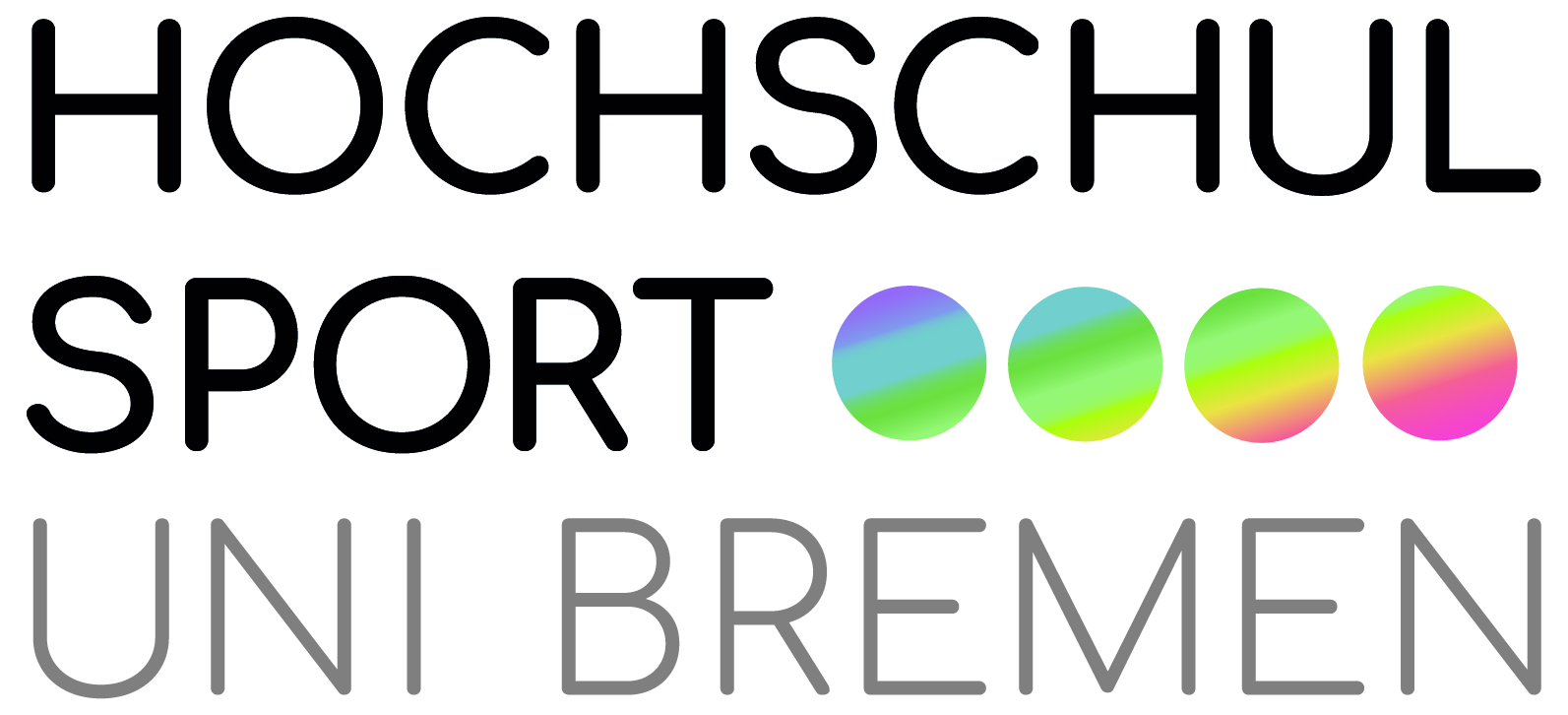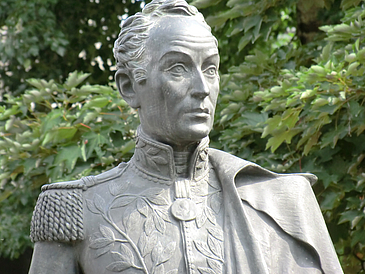On the 5th July 2012, the National Day of Venezuela, a bust of Simón Bolívar was ceremoniously unveiled by Prof. Dr. Yasemin Karakasoglu, Vice Rector of the University of Bremen, Jaidys Briceno, consul general of the Bolivarian Republic of Venezela and Rose Pfister, Head of Division for visual arts at the senetar for art. The bust found its new home on the lawn beneath the lecture hall building on the University campus better known as the Keksdose. Just who was Simón Bolívar, why did he become famous, and where is the connection to Bremen?
The young Bolivar
Simón Bolívar was born in Caracas, Venezuela, to a wealthy Creole family on 24th July 1783. As part of his education, he was accompanied by a private tutor on journeys through Spain, France, and Italy. He subsequently became acquainted with the ideas that were to shape his future life. During this time he was especially impressed by Napoléon Bonaparte and the ideals of the French Revolution. Bolívar returned to Venezuela in 1807.
His life’s work
In the same period, European notions of revolution and liberty were also seeding independence movements in Latin America. In 1810, Simón Bolívar moved to the forefront of his people’s fight for independence from the yoke of Spanish colonial rule. On 5th July 1811 the newly established Congress declared the First Venezuelan Republic. However, just twenty days later the troops loyal to the republican junta were forced to surrender in face of superior Spanish military power. Bolívar fled to Cartagena (Columbia), where he wrote the Manifest von Cartagena, setting down his version of why the First Venezuelan Republic had failed.
After 1813 he once again took up the fight against the Spanish rulers. Following the invasion of Venezuela by the army of independence and the declaration of the Second Venezuelan Republic, Bolívar was acclaimed El Libertador (the liberator). In the years that followed, he made several contributions to the freedom movements in a number of other Central and South American countries. In 1819 he became President of Gran Columbia, a unification of Venezuela and Columbia, and in 1822 he liberated Ecuador, annexing it as a part of Gran Columbia. Other countries were to follow, and by 1827 he had chalked up successes in Peru and Panama, as well as Bolivia, which is named after him. He never did succeed, though, in his ambition of creating a confederation of all Latin American states. Gran-Columbia collapsed in 1830, and the Libertador died on 17th December 1830 in Santa Marta, Columbia, before he could seek exile on a Caribbean island or in Europe. The cause of his death remains something of a mystery. At the time, it was said he died from Tuberculosis; but recent investigation implies that arsenic poisoning was a more likely cause of death.
The life work of Simón Bolívar and his accomplishments as a freedom fighter left an indelible mark on politics in South America which can still be felt today. Alexander von Humboldt is widely viewed as being a companion spirit of Simón Bolívar. His words “Bolívar’s fame belongs to mankind” are set in stone on the pedestal of the newly unveiled sculpture.
The bust
In her speech during the ceremonial unveiling on the University campus, Vice Rector Yasemin Karaka?o?lu pointed out: “Traditional commercial links to South America and Hanseatic sympathy for freedom movements explain how Bremen came to be in possession of this sculpture of Simón Bolívar.” Reviewing his life, she reflected on how Simón Bolívar‘s exceptional biography also serves as an illustration of “how fine the line is drawn between the fight for liberation, advocacy for the people, and notions of autocracy.”
On the occasion of Bolívar‘s 150th anniversary in 1933, the Bolivarian Republic of Venezuela made a gift of the marble bust to the Hanseatic City of Bremen. The work, sculptured by the artist Ernst von Wacholt, first stood in the Marcusallee , at the corner to Deliusweg, before it was moved to the tapestry chamber in the City Hall, were it was replaced by a bronze sculpture.
In 1988, the badly damaged bronze had to be removed. It was restored in 2010. Already during Bolívar‘s lifetime, there were strong commercial ties between Venezuela and Bremen as well as the other German Hansa cities. The new location for the memorial on the campus was chosen due to the University of Bremen’s manifold relations with Latin America.


